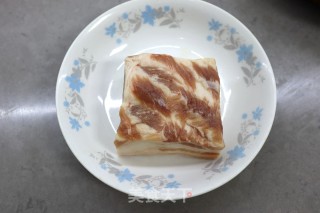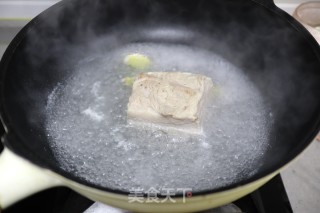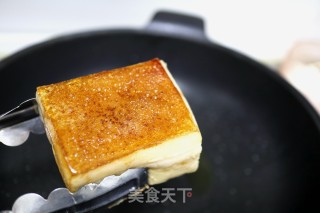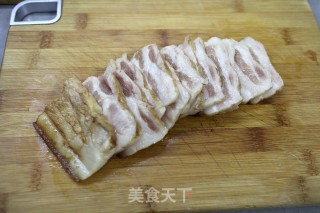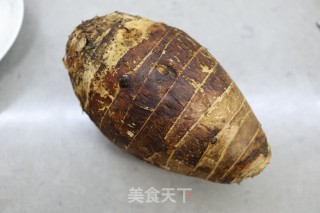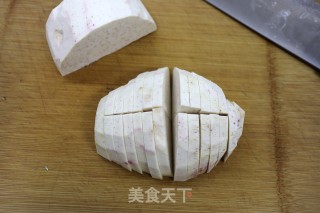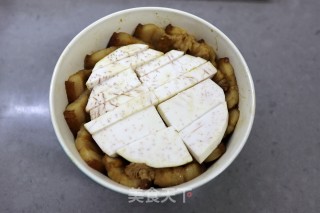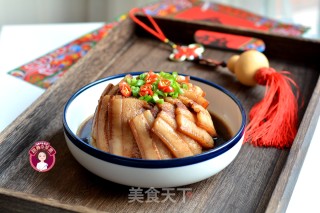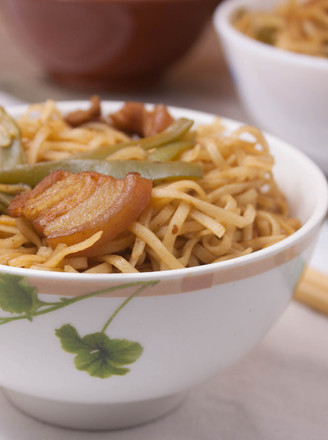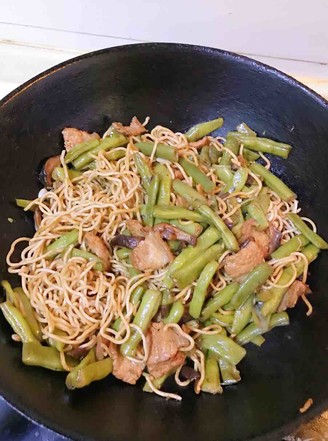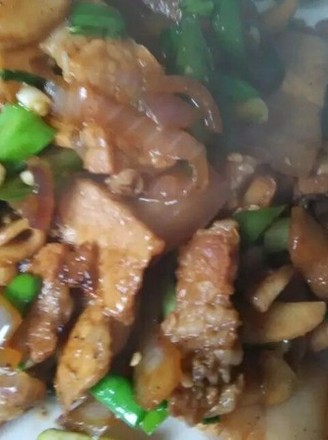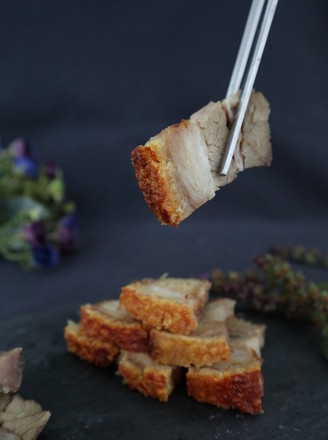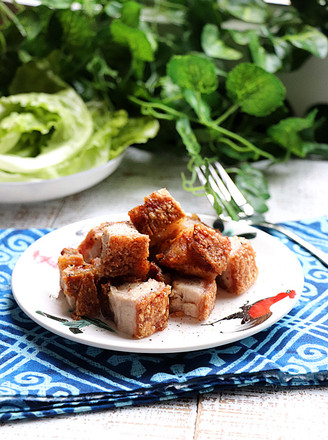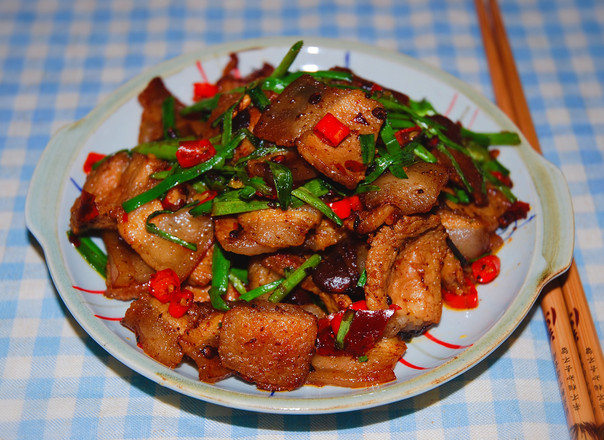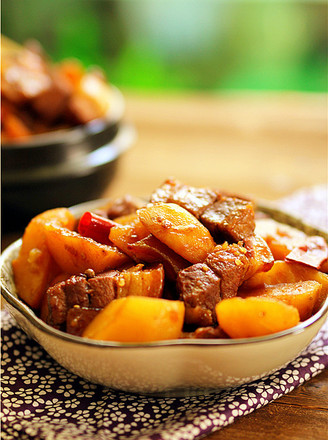Taro Meat
by meggy dancing apple
Favorite
Difficulty
Easy
Time
15m
Serving
2
Beijingers also like to chat and talk about the mountains. An unhappy thing can make people laugh, and many things can be auspicious. My Jiangxi husband and I have been married for almost 20 years. Although I can’t go back to his house every year for the Spring Festival, there must be a bowl of meat on the table at my family’s New Year’s dinner. Regardless of whether the following is dried plums, dried beans, dried pickled vegetables, dried eggplants, or taro, in short, the goodness is "buckled".
When it comes to buckling the meat, it was originally made by my dad. My dad is an immigrant from Yunnan. Although he left home to Beijing when he was a teenager, the taste of his hometown is still deeply rooted in his memory. When I was very young, there was a lack of material, but I still remember the meat that my dad made. . At that time, it was not easy to get dried plums, so my dad used dried cabbage leaves to make buckwheat. For the rare meat, the cabbage leaves are soaked in oil and fragrant! Now I can make several kinds of meat. For example, today’s taro buckle meat uses the famous Lipu taro. To be able to eat such a good big taro, but also thanks to the popularity of the TV series to taste this delicacy. "
When it comes to buckling the meat, it was originally made by my dad. My dad is an immigrant from Yunnan. Although he left home to Beijing when he was a teenager, the taste of his hometown is still deeply rooted in his memory. When I was very young, there was a lack of material, but I still remember the meat that my dad made. . At that time, it was not easy to get dried plums, so my dad used dried cabbage leaves to make buckwheat. For the rare meat, the cabbage leaves are soaked in oil and fragrant! Now I can make several kinds of meat. For example, today’s taro buckle meat uses the famous Lipu taro. To be able to eat such a good big taro, but also thanks to the popularity of the TV series to taste this delicacy. "


